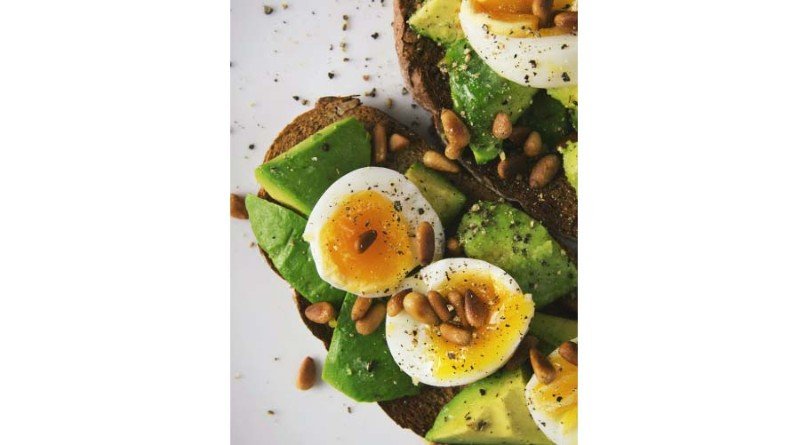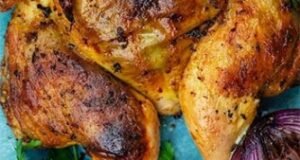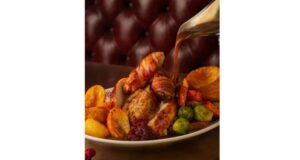
In 1877, Carl von Voit, one of German chemist Justus von Liebig’s protégés, published an influential recommendation that working men required 118 grams of protein per day. The recommendation wasn’t based on physiological research; Voit simply asked what men in Munich would like to eat if they could eat anything. This was another “example of a standard that the public believed to be authoritative and derived from the scientific work of an expert although, in fact, the standard and the work had little or no connection,” wrote nutrition scientist Kenneth Carpenter in his comprehensive Protein and Energy.
Let’s be clear: Liebig’s errors still distort the way many of us think about nutrition, even now. Eating vast quantities of protein is not necessarily useful, or even beneficial, to health. We certainly do not need to derive our protein from meat. Consuming extra protein alone will not build muscle, nor is protein what powers muscles.
Contrary to Liebig’s theory, the other two macronutrients, carbohydrates and fat, provide almost all of the energy necessary for both the physical and chemical work of life. So carbs and fat, not protein, are the main fuels for the metabolic reactions. On an essential protein fact, however, Liebig was correct: protein is the stuff in food that builds and repairs us, or as he’d apparently put it, “the stuff of life itself.”
But how does protein get onto our dinner plates and into our bodies in the first place? The process starts out of thin air. Most of the atmosphere is made of nitrogen, but even French chemist Antoine Lavoisier noticed that animals don’t absorb this gas from the air they breathe. Instead, nitrogen makes its way into the proteins of plants — and then into us — by way of microorganisms in soil. These bacteria ‘fix’ the nitrogen from the air, converting the nearly inert gas into volatile ammonia molecules.
The ammonia derivatives get taken up by plants and combined with carbohydrates (made by photosynthesis from carbon dioxide and water). The result is the amino acids — the nitrogen — containing constituents of proteins. The amino acids are combined to build the proteins in plants, which are then eaten by animals to become part of the animal body. Without the nitrogen that plants and bacteria bring into the food cycle, animals like us couldn’t exist.
 Weekly Bangla Mirror | Bangla Mirror, Bangladeshi news in UK, bangla mirror news
Weekly Bangla Mirror | Bangla Mirror, Bangladeshi news in UK, bangla mirror news







